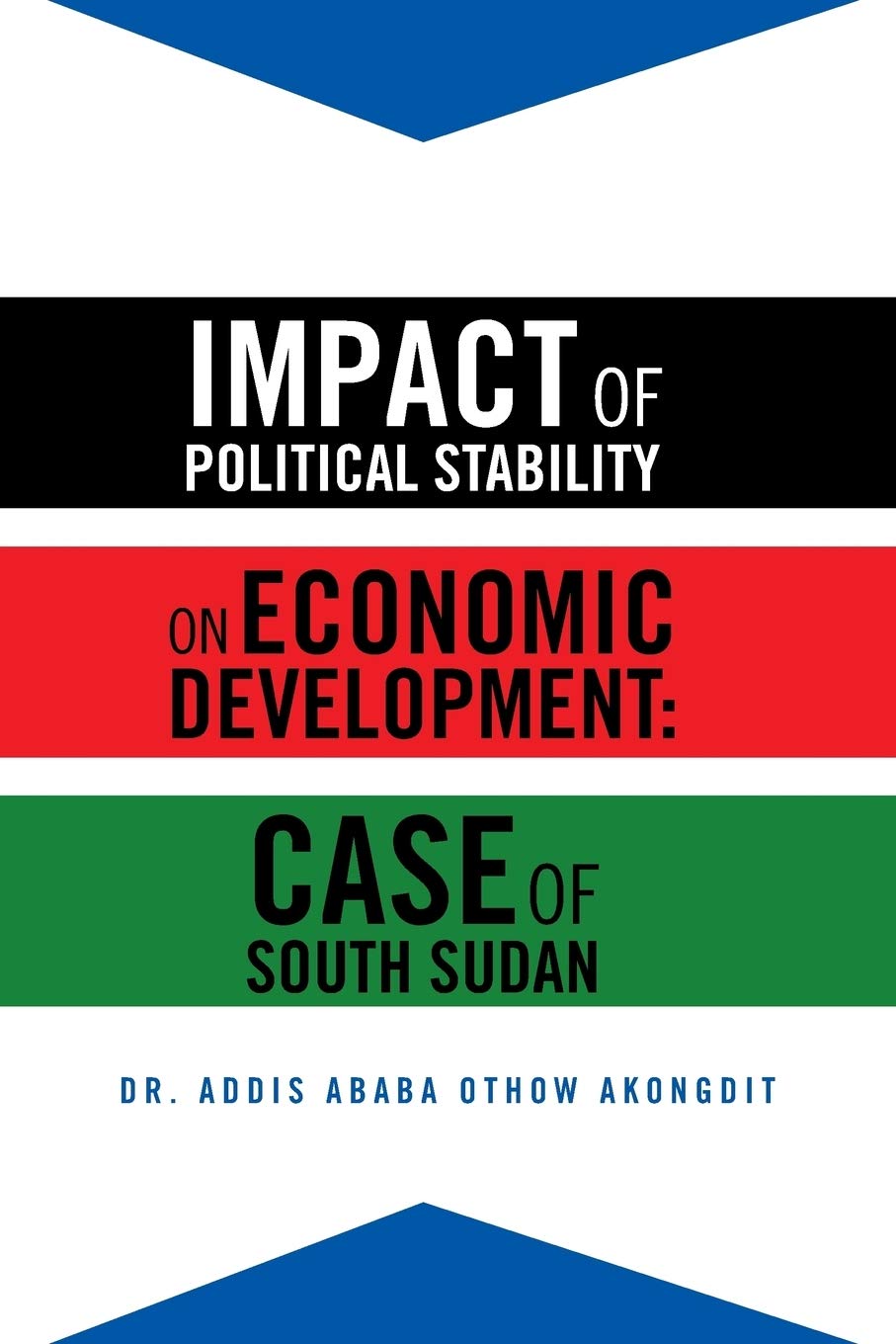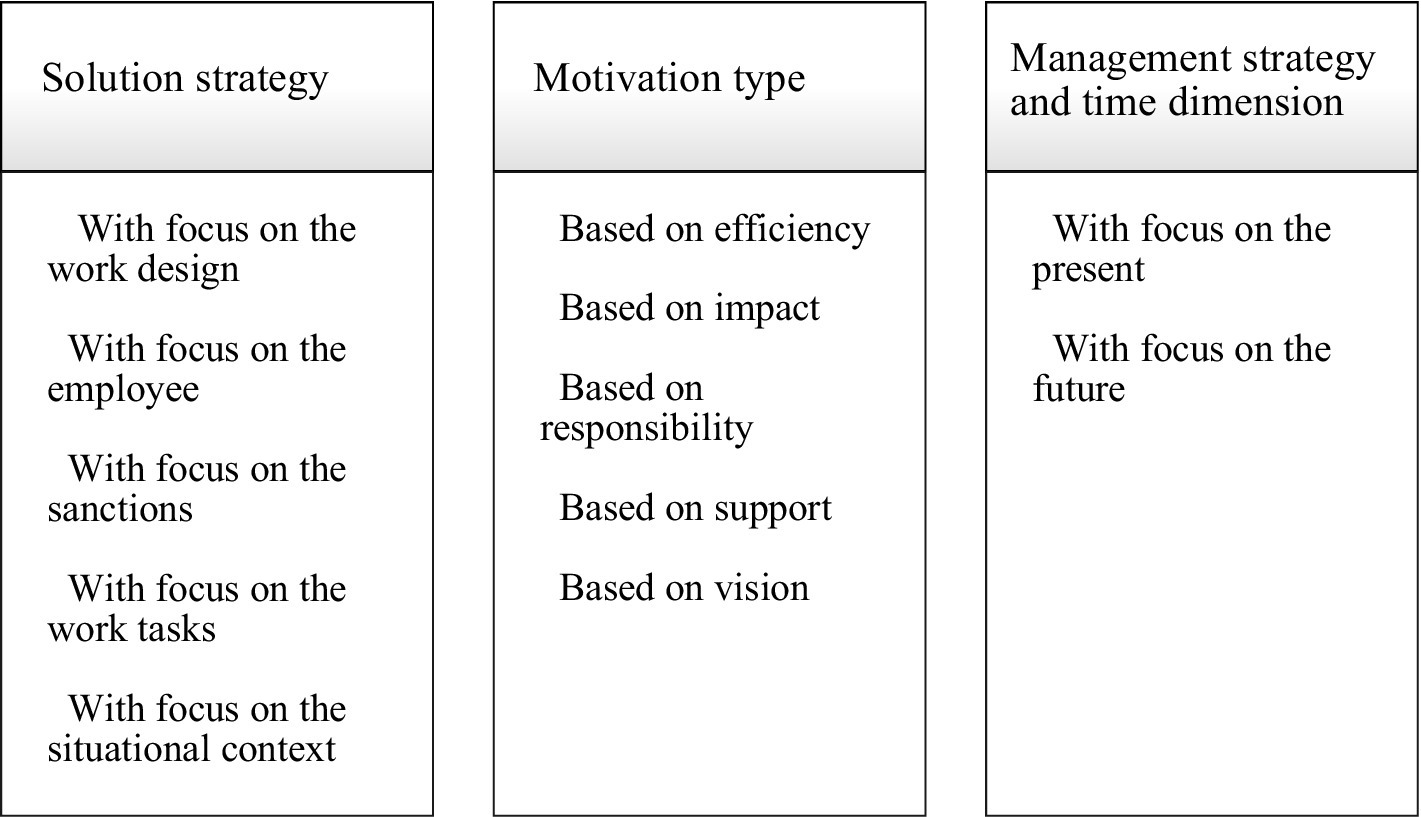Report on the Interplay of Governance, Economic Growth, and the Sustainable Development Goals
Introduction: Re-evaluating Development in the Context of the 2030 Agenda
An analysis of global development reveals a critical disparity: some nations achieve sustained economic growth while others, with comparable levels of capital and human resources, falter. This divergence suggests that classical economic factors alone are insufficient to explain progress towards the 2030 Agenda for Sustainable Development. This report examines how governance, leadership, and resilience to external shocks are pivotal in achieving the Sustainable Development Goals (SDGs), particularly in emerging and developing markets.
The Central Role of Governance in Achieving SDG 8 and SDG 16
The successful implementation of the SDGs is intrinsically linked to the quality of governance. While political stability is often considered a foundation for development, it is the commitment of national leaders to inclusive and sustainable growth that translates stability into tangible outcomes.
- SDG 16 (Peace, Justice and Strong Institutions): Effective, accountable, and transparent institutions are the bedrock of sustainable development. The report notes that political stability achieved through authoritarianism often fails to advance citizens’ quality of life due to corruption and a lack of inclusive policies, directly undermining the targets of SDG 16.
- SDG 8 (Decent Work and Economic Growth): Strong governance is a prerequisite for the sustained, inclusive, and sustainable economic growth outlined in SDG 8. Case studies from South Korea and India demonstrate that progress is possible even amid political turbulence, highlighting that leadership commitment to growth can be a more decisive factor than stability alone. This commitment ensures that economic growth is inclusive, contributing to SDG 1 (No Poverty) and SDG 10 (Reduced Inequalities).
External Shocks and Institutional Resilience for the SDGs
Unexpected events, such as wars and global crises, pose significant threats to the achievement of the 2030 Agenda. However, they can also serve as catalysts for transformation if managed by resilient and effective institutions.
The ability of a nation to withstand and adapt to shocks is a measure of its institutional resilience, a core component of sustainable development. Historical examples suggest that crises can create strategic opportunities, but without rational policymaking and strong governance as promoted by SDG 16, these opportunities are often lost, leading to setbacks in development goals across the board.
A Call for Research to Advance the Sustainable Development Agenda
To better understand the mechanisms that drive sustainable development, a call for interdisciplinary research is issued. This initiative seeks to foster collaboration between political science, economics, and sociology, in line with the spirit of SDG 17 (Partnerships for the Goals). The objective is to generate empirical and theoretical insights into how political and institutional factors can accelerate or hinder progress towards the SDGs.
Key Research Areas for Investigation
- The impact of political stability and leadership commitment on achieving SDG 8 (Decent Work and Economic Growth) and SDG 16 (Peace, Justice and Strong Institutions).
- Comparative analyses of countries with similar economic fundamentals but divergent paths toward the Sustainable Development Goals.
- The catalytic effects of external shocks (e.g., wars, global crises) on accelerating progress towards the SDGs in specific contexts.
- Institutional resilience and adaptation in response to economic or political shocks as a means of safeguarding the 2030 Agenda.
- Case studies on growth reversals or economic stagnation, analysed through the framework of SDG 8 and its associated targets.
- Interactions between institutional quality, social trust, and their combined impact on inclusive growth and SDG 10 (Reduced Inequalities).
- The role of transparency, governance, and accountability in sustaining development and fulfilling the targets of SDG 16.
- Interdisciplinary approaches, reflecting the principles of SDG 17 (Partnerships for the Goals), that bridge political science, economics, and sociology to create holistic development solutions.
SDGs Addressed in the Article
-
SDG 8: Decent Work and Economic Growth
The article’s central theme is the exploration of factors that lead to “sustained economic growth.” It questions why some countries achieve this while others do not, directly aligning with the core objective of SDG 8 to promote sustained, inclusive, and sustainable economic growth.
-
SDG 16: Peace, Justice and Strong Institutions
The article heavily emphasizes the role of “political stability,” “governance,” “corruption,” “institutional resilience,” “transparency,” and “accountability.” These are all fundamental components of SDG 16, which aims to build effective, accountable, and inclusive institutions at all levels.
-
SDG 10: Reduced Inequalities
The text touches upon the failure of some regimes to “improve citizens’ quality of life” despite maintaining stability, and it highlights the importance of “inclusive development.” This connects to SDG 10, which focuses on reducing inequality within and among countries, ensuring that the benefits of growth are shared.
Specific Targets Identified
SDG 8: Decent Work and Economic Growth
-
Target 8.1: Sustain per capita economic growth in accordance with national circumstances and, in particular, at least 7 per cent gross domestic product growth per annum in the least developed countries.
The article is fundamentally about understanding the drivers of “sustained economic growth” and analyzing “divergent growth paths” among countries, which is the exact subject of this target.
SDG 10: Reduced Inequalities
-
Target 10.1: By 2030, progressively achieve and sustain income growth of the bottom 40 per cent of the population at a rate higher than the national average.
This target is implied through the article’s reference to the need for “inclusive development” and the observation that some regimes “fail to improve citizens’ quality of life,” suggesting that overall growth does not automatically benefit all segments of society.
SDG 16: Peace, Justice and Strong Institutions
-
Target 16.5: Substantially reduce corruption and bribery in all their forms.
The article explicitly identifies “corruption” as a factor that prevents authoritarian regimes from improving citizens’ quality of life, directly linking to this target.
-
Target 16.6: Develop effective, accountable and transparent institutions at all levels.
This target is directly addressed through the article’s focus on “governance,” “institutional resilience,” “transparency,” and “accountability” as key factors in sustaining development.
-
Target 16.7: Ensure responsive, inclusive, participatory and representative decision-making at all levels.
The discussion on “leadership commitment to growth” and the need for “inclusive development” implies the importance of responsive and representative governance structures that cater to the needs of the entire population, which is the essence of this target.
Indicators Mentioned or Implied
For Target 8.1
-
Indicator 8.1.1: Annual growth rate of real GDP per capita.
This is the primary indicator for measuring “sustained economic growth” and “economic performance,” which are the core topics of the article.
For Target 10.1
-
Indicator 10.1.1: Growth rates of household expenditure or income per capita among the bottom 40 per cent of the population and the total population.
The article’s mention of improving “citizens’ quality of life” and achieving “inclusive development” implies the need to measure how economic growth impacts different income groups, particularly the most vulnerable.
For Target 16.5
-
Indicator 16.5.1: Proportion of persons who had at least one contact with a public official and who paid a bribe to a public official, or were asked for a bribe by those public officials, during the previous 12 months.
The article’s reference to “corruption” as a hindrance to development implies the need for indicators that measure the prevalence of such practices.
For Target 16.6
-
Indicators related to government effectiveness and institutional quality.
The emphasis on “effective governance,” “institutional resilience,” “transparency,” and “accountability” implies the use of metrics that assess the quality and performance of public institutions.
For Target 16.7
-
Indicators related to political stability and public participation.
The article’s focus on “political stability” and “leadership commitment” suggests the relevance of indicators that measure the stability of the political environment and the representativeness of decision-making processes.
Summary of Findings
| SDGs | Targets | Indicators |
|---|---|---|
| SDG 8: Decent Work and Economic Growth | 8.1: Sustain per capita economic growth. | 8.1.1: Annual growth rate of real GDP per capita. |
| SDG 10: Reduced Inequalities | 10.1: Sustain income growth of the bottom 40 per cent of the population. | 10.1.1: Growth rates of household expenditure or income per capita among the bottom 40% of the population. |
| SDG 16: Peace, Justice and Strong Institutions | 16.5: Substantially reduce corruption and bribery. | 16.5.1: Prevalence of bribery. |
| 16.6: Develop effective, accountable and transparent institutions. | Indicators of government effectiveness and institutional quality. | |
| 16.7: Ensure responsive, inclusive, participatory and representative decision-making. | Indicators of political stability and public participation. |
Source: nature.com







